SNOW CRYSTALS
Project time: 2019
Organization: Passion Project
Role: Product Designer, Developer
Infographic | Data Visualization | Creative Coding
Organization: Passion Project
Role: Product Designer, Developer
Infographic | Data Visualization | Creative Coding
Overview
SNOW CRYSTALS is a creative, interactive data visualization project which explores how learning can be made more fun and engaging through creative, visualized, and interactive digital activity. The project allows users to observe the relationship between the formation of snow crystals and environmental elements such as humidity and temperature.
Demo
Project Introduction
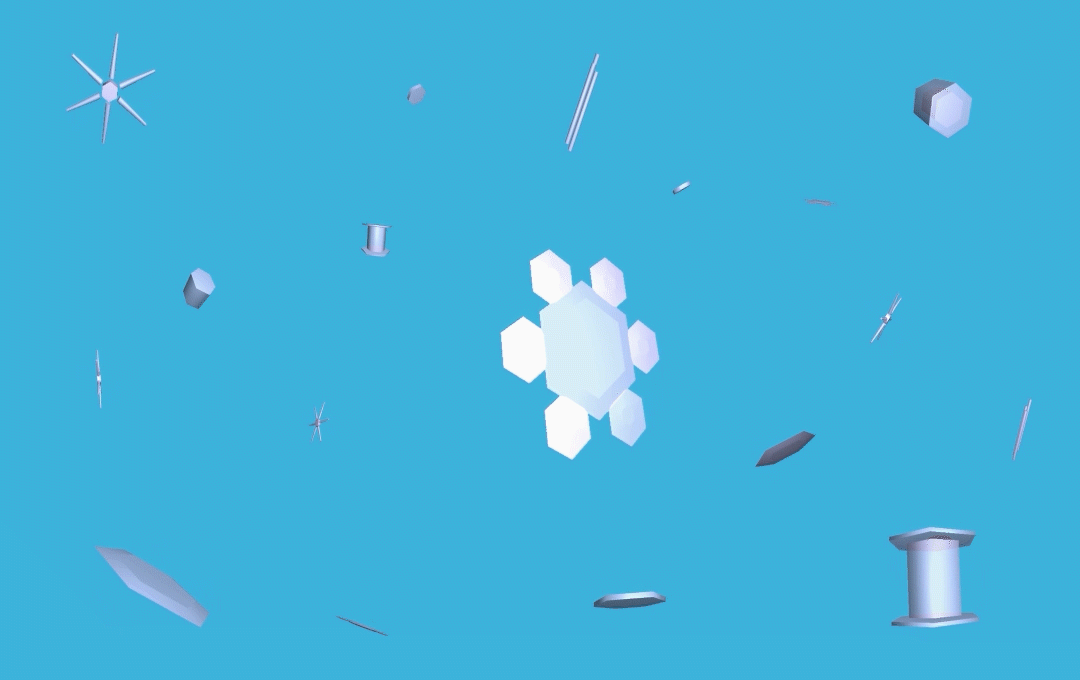
Part 1.
How are SNOW CRYSTALS made, and what makes different types of crystals?
How are SNOW CRYSTALS made, and what makes different types of crystals?
Every SNOW CRYSTALS is different from each other.
"SNOW CRYSTALS" shows the formation of different types of SNOW CRYSTALS in an interactive project where users can adjust temperature and humidity to create and observe the difference between each shape.
"SNOW CRYSTALS" shows the formation of different types of SNOW CRYSTALS in an interactive project where users can adjust temperature and humidity to create and observe the difference between each shape.
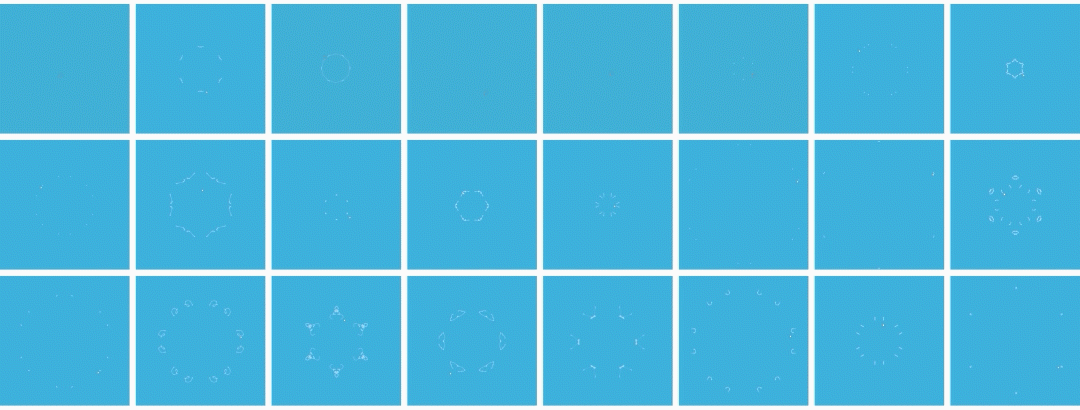
Part 2.
Create your SNOW CRYSTALS
There is no "correct answer" or "perfect example" of SNOW CRYSTALS. Users can free their creativity and draw their snowflakes.
Contents
 Introduction to the "SNOW CRYSTALS"
Introduction to the "SNOW CRYSTALS" Upon arrival, audiences are introduced to a summary of the project and an instruction for the snowflake drawing activity.
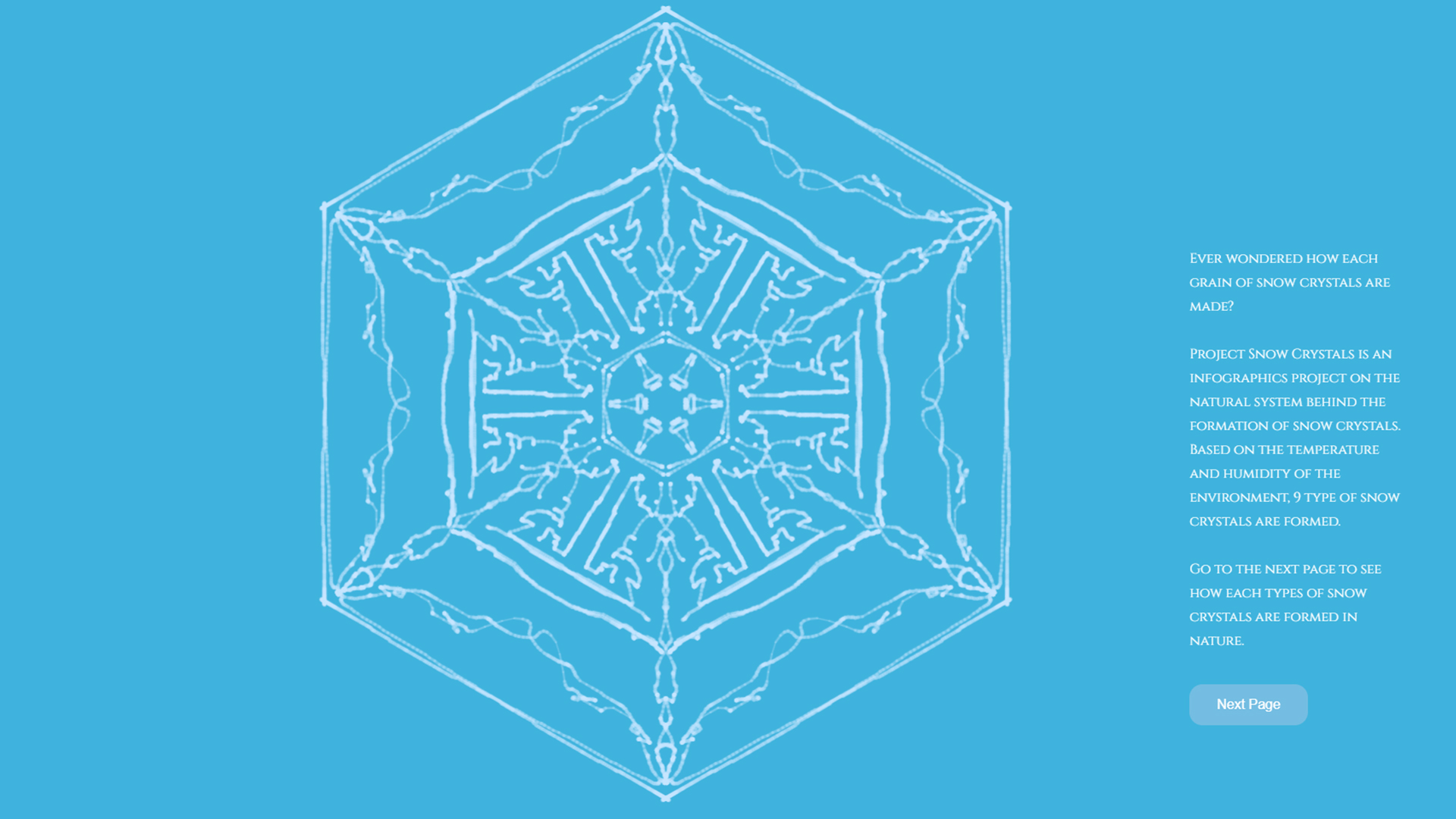
Snowflake drawing activity
As audiences click and drag anywhere, lines are drawn to create unique snowflakes for each audience. The creative outcome does not end as a mere task completion activity, but creates a starting point of engagement, discussions, and sharing among the audiences. Once finished, audiences can proceed to the next step.
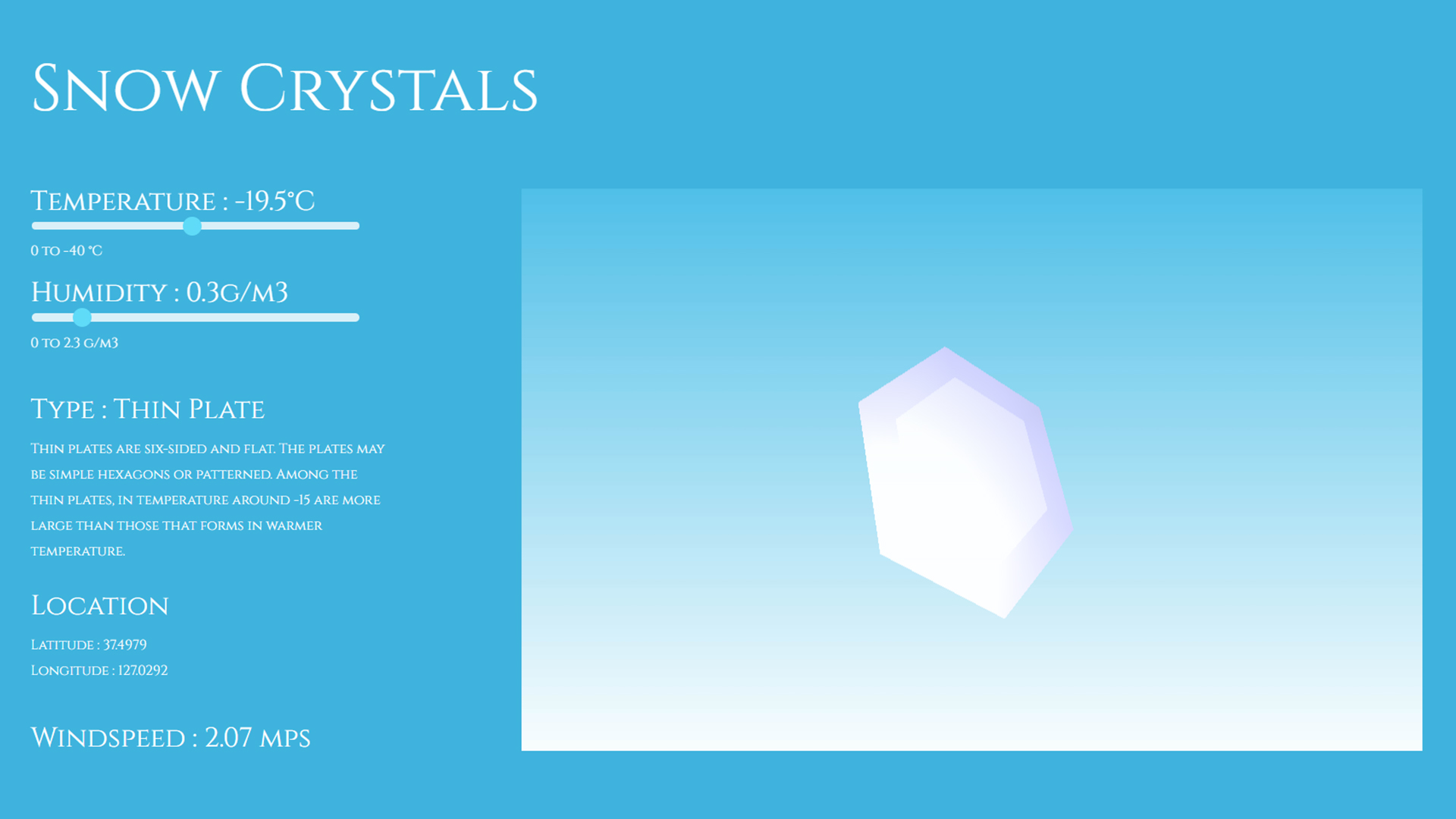 Interactive, visualized information on SNOW CRYSTALS formation
Interactive, visualized information on SNOW CRYSTALS formationAudiences can adjust the "Temperature" and "Humidity" bar, the two environmental elements that affect the formation of snow crystals, to simulate and observe the difference between each shape and its environmental requirements. The hands-on activity brings a clear understanding of the natural system hidden underneath the SNOW CRYSTALS formations.
Design Process
A Step-by-Step Progress
Project SNOW CRYSTALS was created through:
Technical Research on the natural phenomena of snow and preceding studies
︎︎︎
Visualization of the researched materials
︎︎︎
Iterative Explorations
Technical Research on the natural phenomena of snow and preceding studies
︎︎︎
Visualization of the researched materials
︎︎︎
Iterative Explorations
Technical Research
Temperature and humidity
Factors that affect crystal formation are temperature and humidity. (As this project is scientific, Celcius and Metric system will be used as standards)
img src: snowcrystals.com
Factors that affect crystal formation are temperature and humidity. (As this project is scientific, Celcius and Metric system will be used as standards)
img src: snowcrystals.com

Unique and patterned formation
No two snow crystals are the same. But they show certain patterns in shapes and can be divided into 9 groups of crystal shapes.
img src: snowcrystals.com
No two snow crystals are the same. But they show certain patterns in shapes and can be divided into 9 groups of crystal shapes.
img src: snowcrystals.com
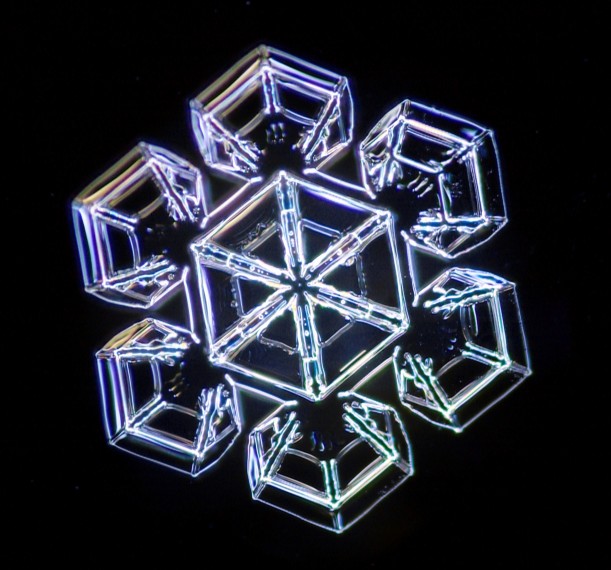
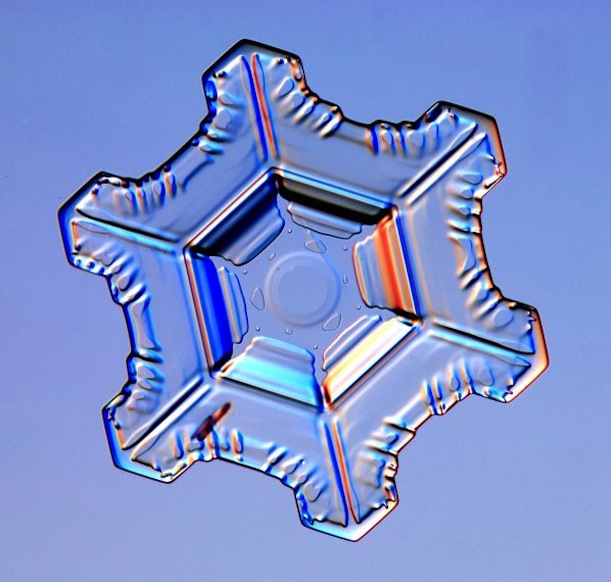
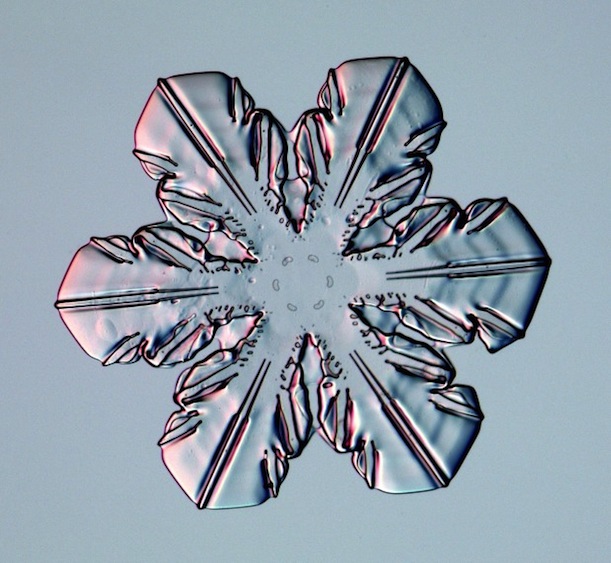
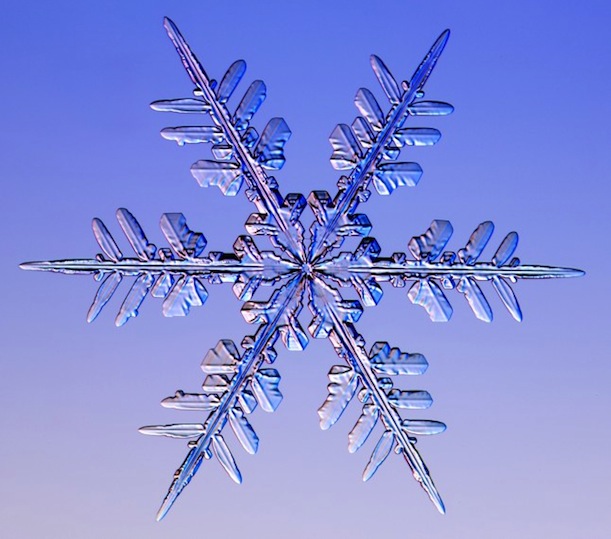
Visualization

Snow crystal structure
A snow crystal can be broken down into largely three parts:
A snow crystal can be broken down into largely three parts:
- Basal Facet: a hexagonal shape that becomes a base for snow crystals to grow.
- Branch: six corners of a snow crystal that grow faster as they touch the humid air more.
- Side Branch: As the crystal grows larger, the same effect causes side branches to sprout from the two corners of each branch.

Snow crystal formation
A snow crystal’s life cycle has 5 steps:
A snow crystal’s life cycle has 5 steps:
- Faceting: water molecules solidify into a hexagonal shape
- Branching: branches and protrusions grow on each vertex
- Sharpening: snow crystal becomes thinner and basal facet becomes wider
- Branching and colliding: side branches grow on existing branches
- Falling: large and heavy crystals fall to the ground.
Iterative Explorations
Iterations were focused on changing the static infographics into a more interactive model to create a hands-on learning experience. In this process, the data visualization was remade into a program using the Javascript THREE.js library.
Infographics
The visualization focused on showing types of crystals, natural factors that affect the shapes, basic anatomy, and the formation process of snowflakes.
The visualization focused on showing types of crystals, natural factors that affect the shapes, basic anatomy, and the formation process of snowflakes.
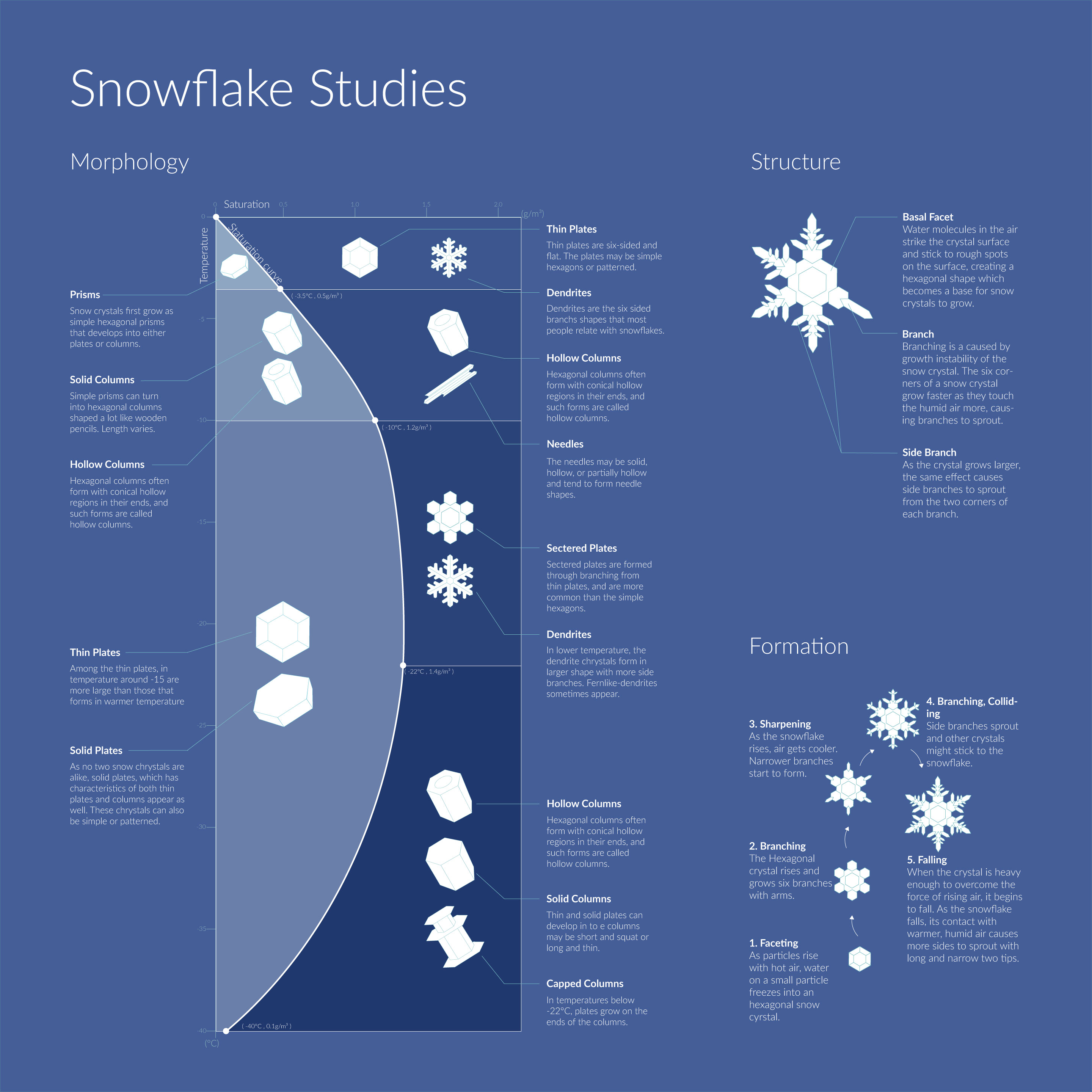
Interactive Webpage
Explorations were incorporated to distance the project from being a fully scientific project and to incorporate users’ creativity as part of the learning experience.
![]()
![]()
![]()
![]()
![]()
![]()
![]()
![]()
![]()
![]()
![]()
![]()
Explorations were incorporated to distance the project from being a fully scientific project and to incorporate users’ creativity as part of the learning experience.
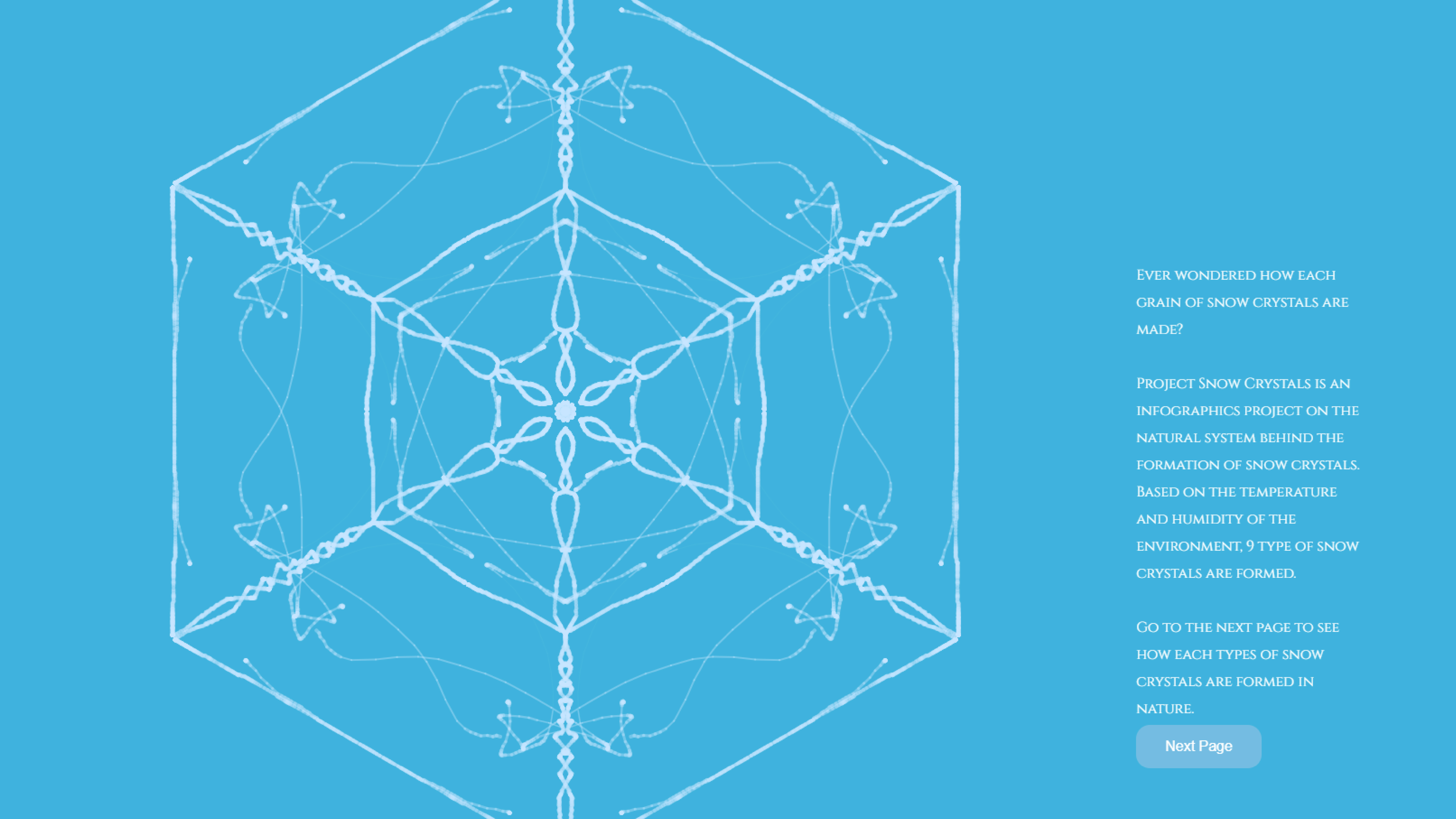

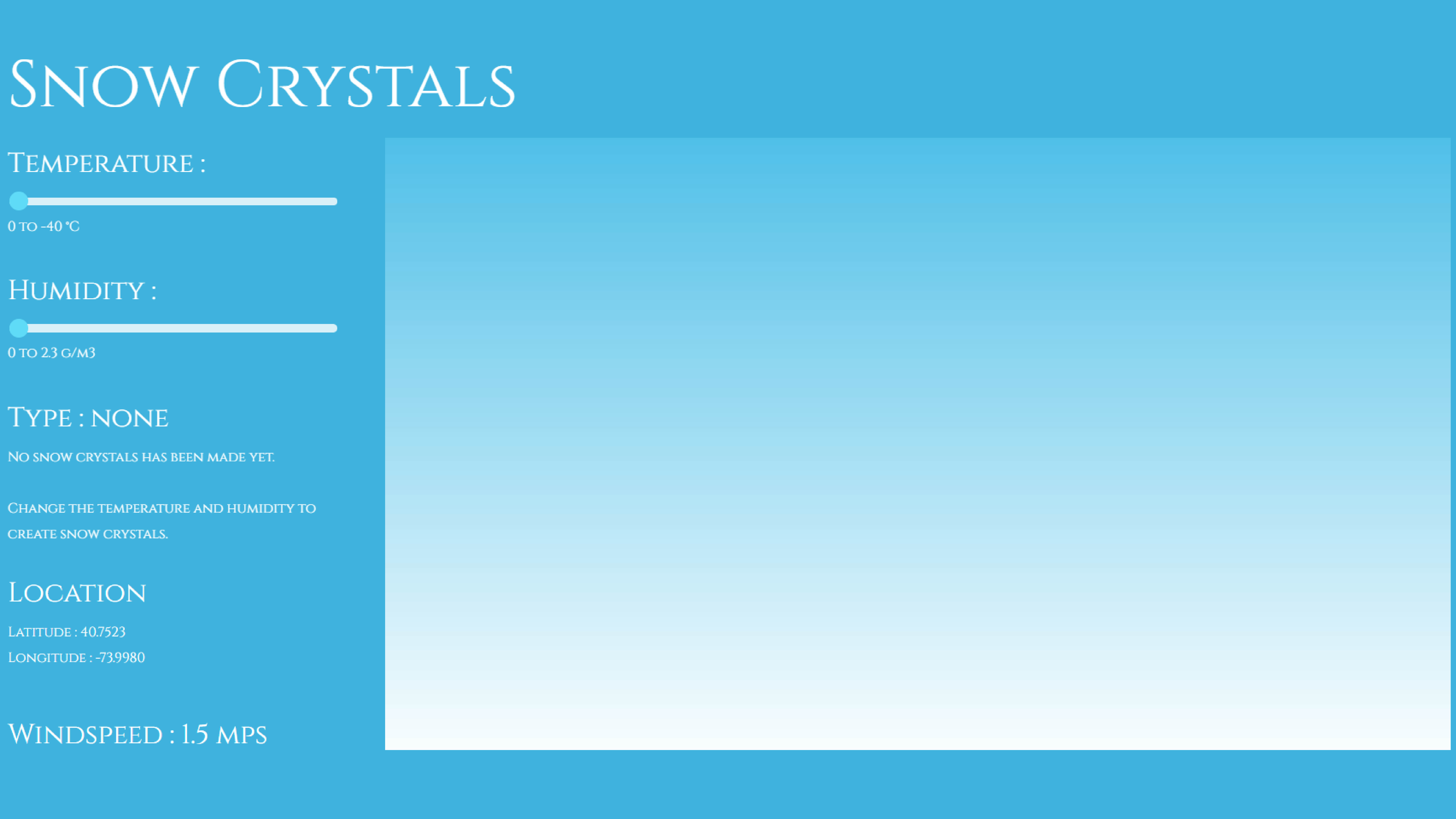
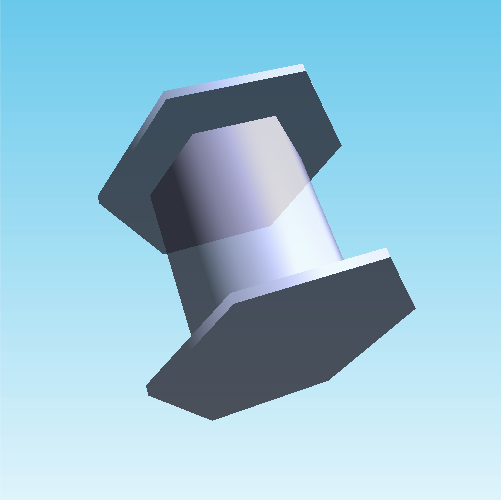
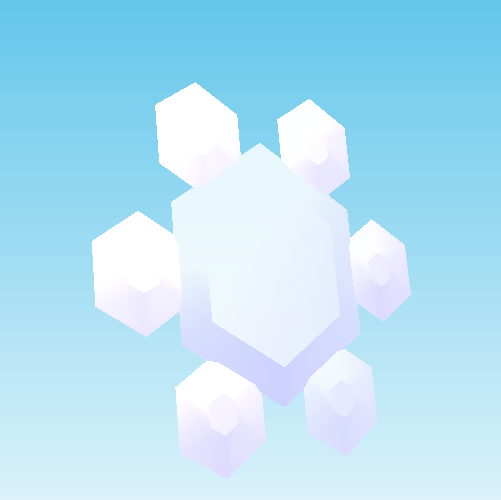
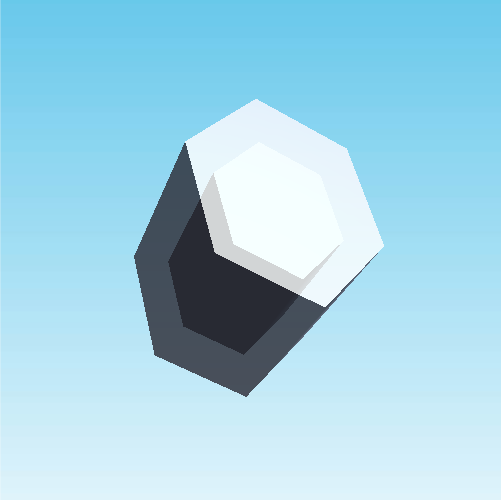
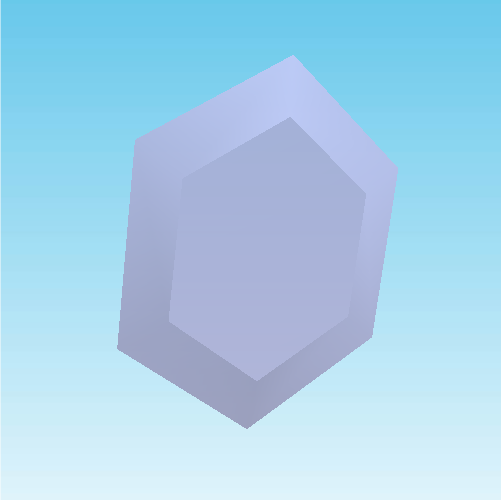
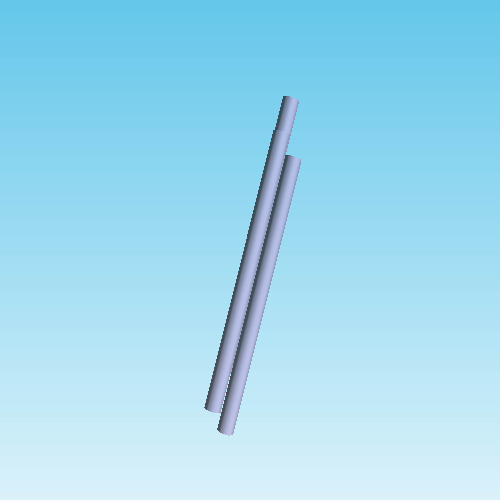
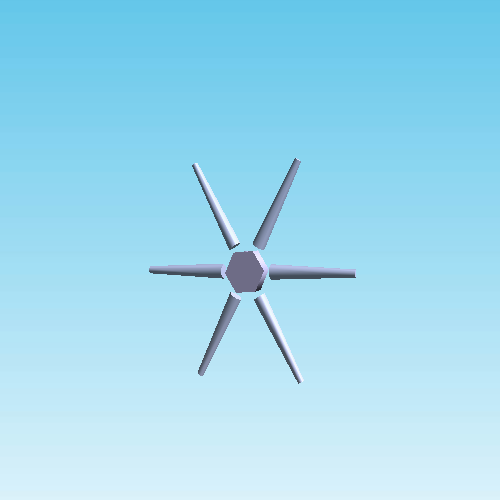
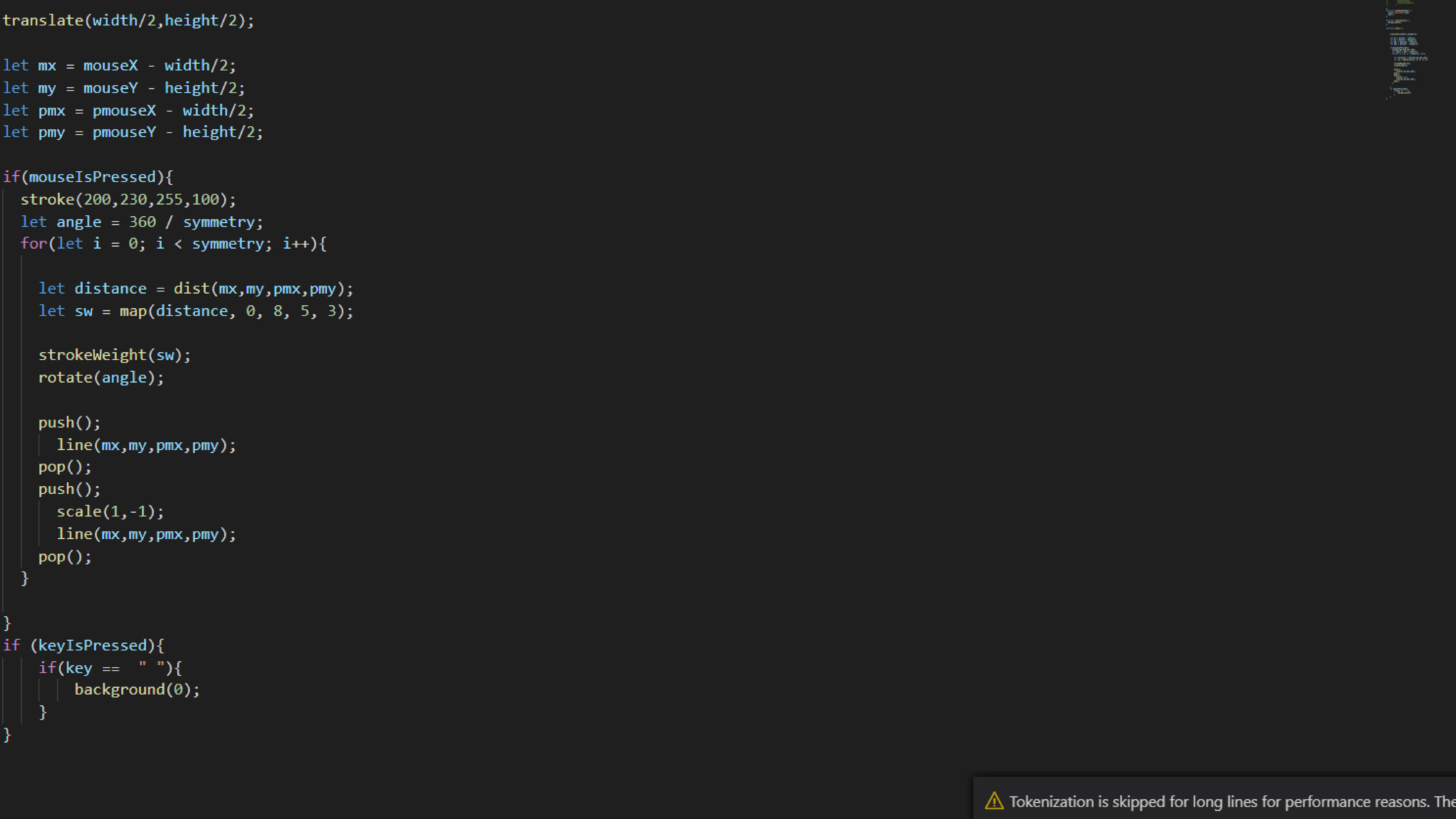

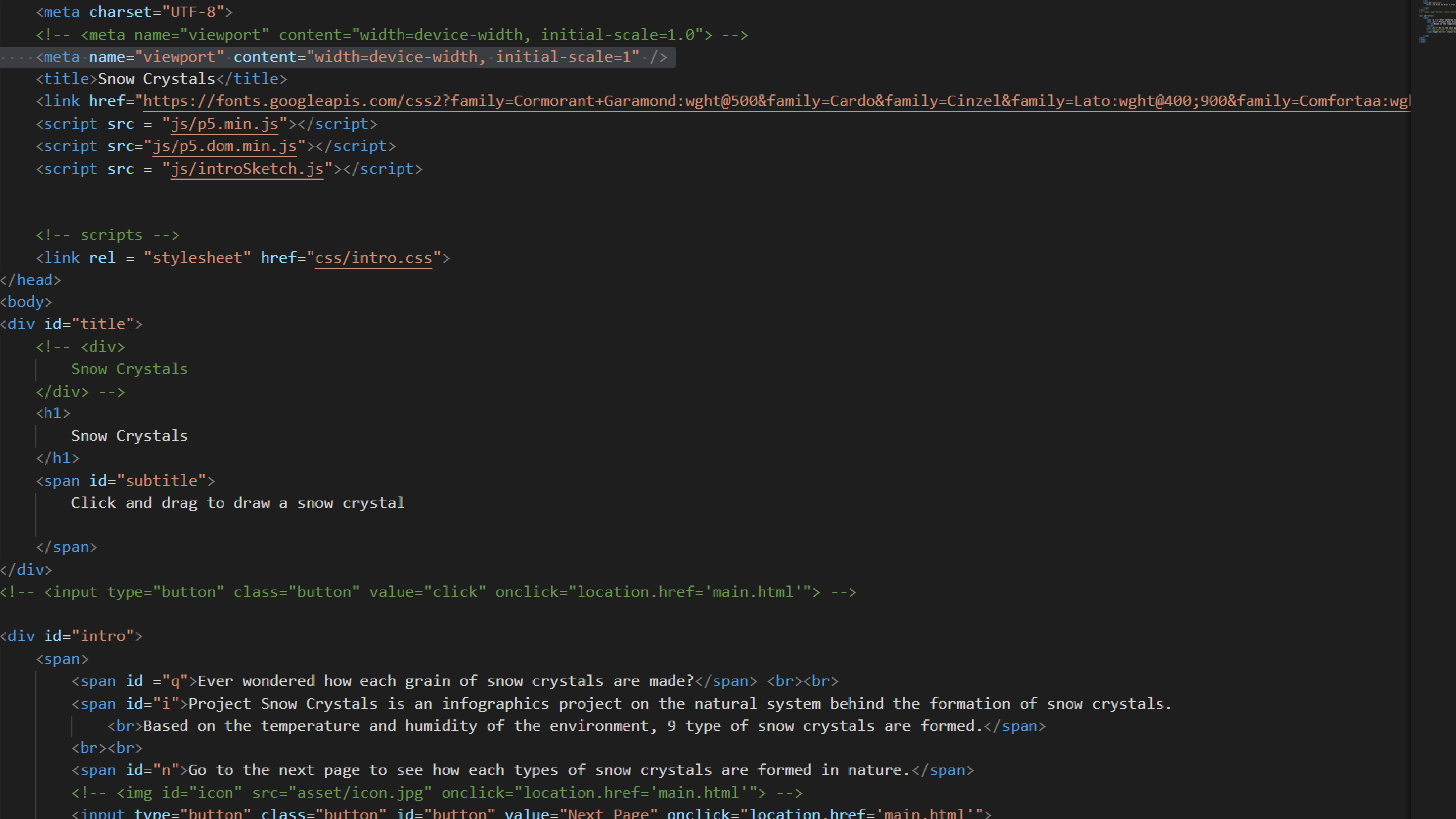
Demo
Next steps and possibilities
Incorporation of Machine learning.
Incorporating machine learning into the conditioned simulation of crystal formation will allow a more realistic simulation of the natural system.
Simulating user creations with Immersive technology.
On the starting page of the project, users can draw their snow crystals. A platform where users can experience their creations in a Virtual, Augmented, and Mixed Reality, will create a more engaging user experience.
Outro
Link to the project: https://ira77kim.github.io/Snow-Crystals/
Codes are open for any educational purposes and are available in https://github.com/ira77kim/Snow-Crystals
Works Consulted
Codes are open for any educational purposes and are available in https://github.com/ira77kim/Snow-Crystals
Works Consulted
- Snowflake pictures are taken by Wilson Bentley (Snowflake Bentley)
-
Snow Crystals: Natural and Artificial (book) by Ukichiro Nakaya
- Physical Dynamics of Ice Crystal Growth (paper) by Kenneth G. Libbrecht
